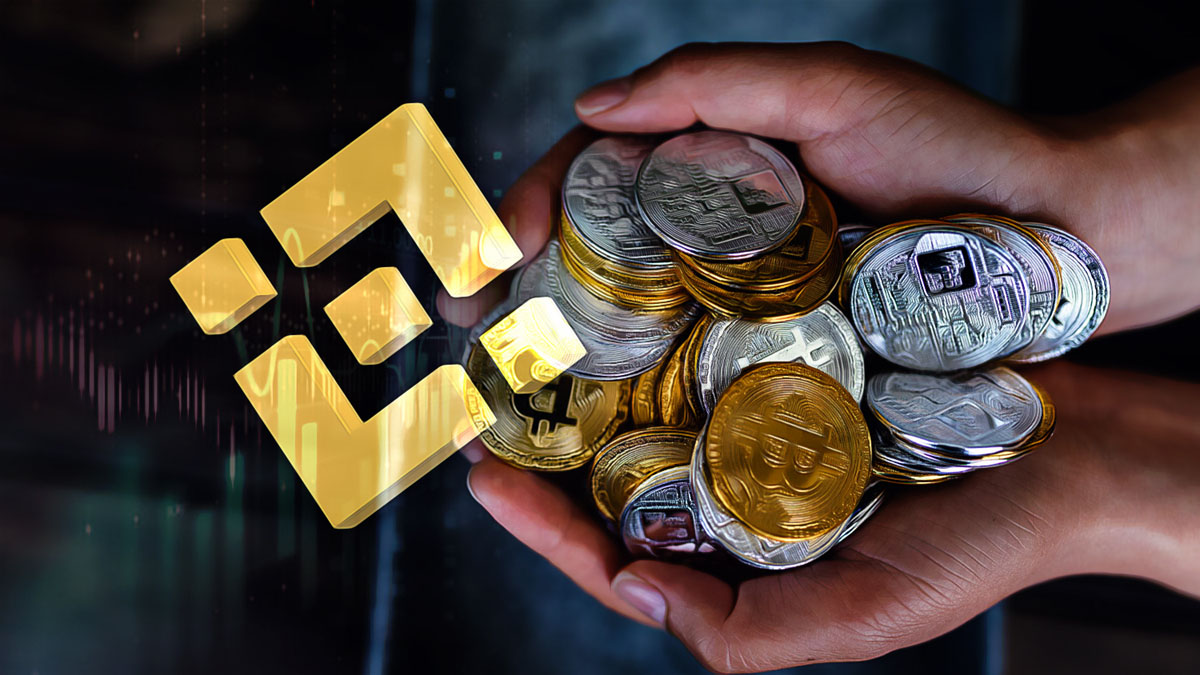The dynamic landscape of the cryptocurrency market welcomes a new development as Binance, a prominent cryptocurrency exchange, introduces additional trading pairs with the Turkish Lira (TRY). In a strategic move to diversify and enhance user trading capabilities, Binance is set to offer a fresh set of cryptocurrency pairs involving the TRY, catering to a growing interest among investors.
Binance Enhances Market Diversity with TRY Pairs
On the morning of February 28, 2024, users of Binance will gain access to four new spot trading pairs: CKB/TRY, COTI/TRY, LDO/TRY, and UNI/USDC. These additions reflect Binance’s ongoing efforts to expand its services and introduce novel trading opportunities to its platform.
Alongside these trading pairs, Binance is set to roll out trading bot services designed to help users improve their trading efficiency. These bots will support various strategies, including spot grid and dollar-cost averaging, aiming to bolster user engagement and investment outcomes.
Highlighting Turkish Lira’s Role in Crypto Trading
The announcement places a spotlight on the incorporation of the Turkish Lira in the realm of digital currencies, specifically through services like spot algorithmic orders for the new TRY pairs. The focus on TRY indicates a strategic acknowledgment of the importance of the Turkish market and its investors in the global cryptocurrency sector.
Binance’s decision to extend these services signifies the platform’s commitment to refining the trading experience. The emphasis on the Turkish Lira within the crypto industry underscores the prominence and active participation of Turkish investors in the market, as evidenced by the notable presence of TRY-related trading options on the Binance exchange.












